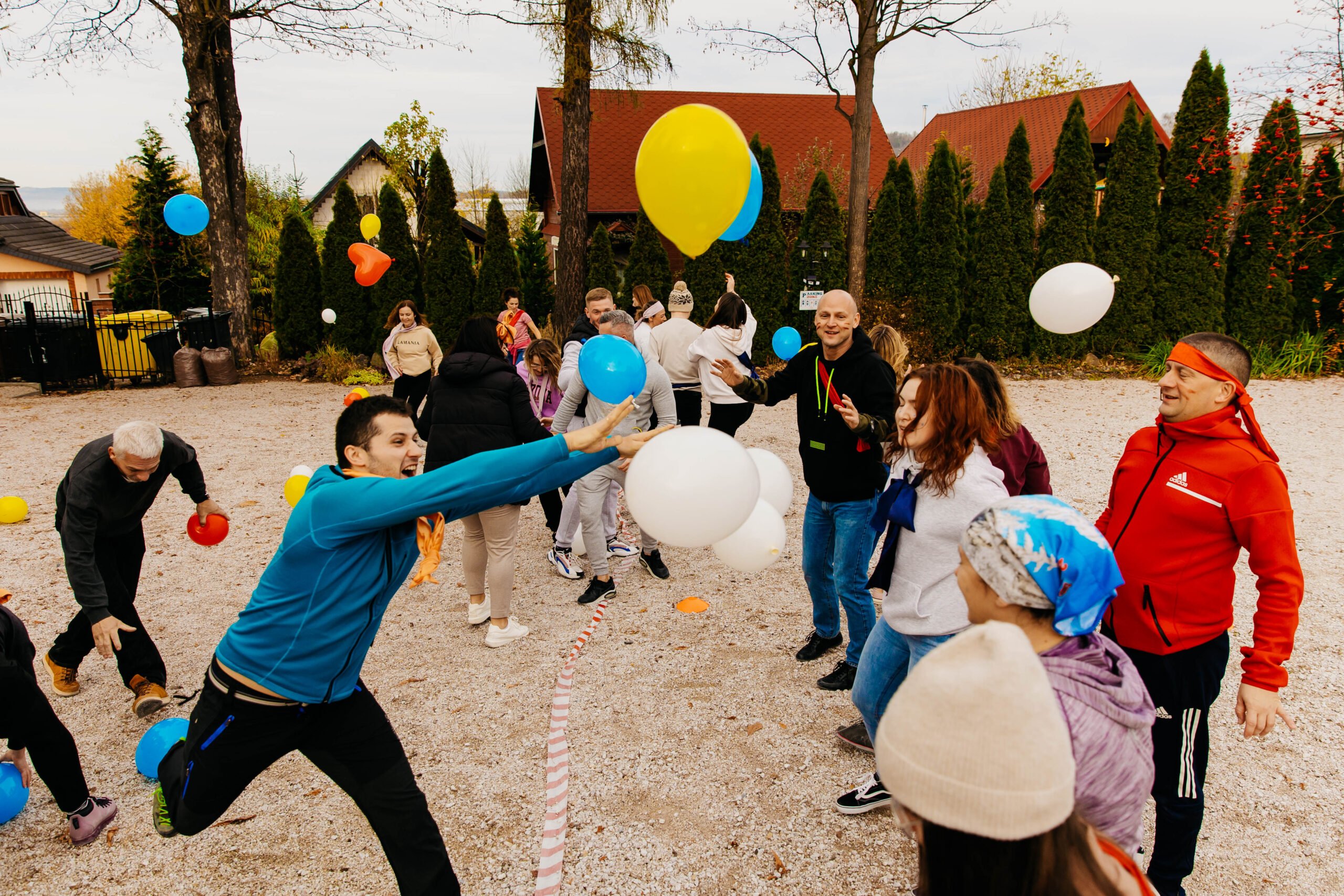Conflicts at work are inevitable, but prolonged arguments can make it difficult to function normally and perform professional duties effectively. Therefore, it is important to resolve any conflict situation on an ongoing basis. How to deal with conflicts in the company? And what is the role of team building in this?
- What conflicts can there be at work?
- Conflicts at work - why do they arise?
- Problems in the team
- How to prevent conflicts in the team?
- Causes of problems in the group
- How NOT to resolve conflicts at work?
- Conflicts at work and ways to solve them
- How can team building help a team?
- Team building games to improve communication
- Team building and conflicts in the team
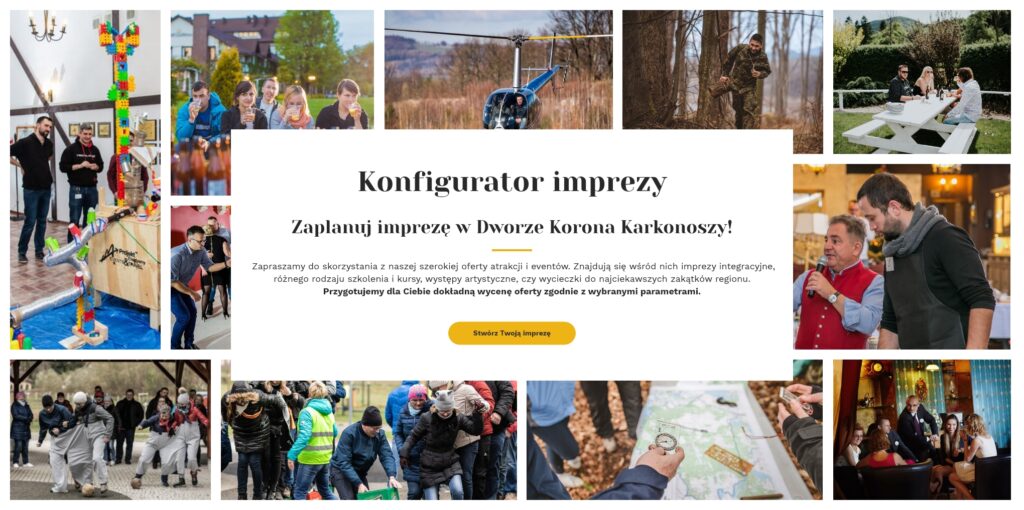
What conflicts can there be at work?
Conflicts at work may result from various reasons and concern various areas. Here are some potential sources of conflict in the workplace:
Interpersonal conflicts. They may result from differences in working styles, communication preferences or approach to tasks. Also, incorrect interpretations of messages or lack of clarity in transmitting information may lead to conflicts. Moreover, competition for promotion, praise or other benefits may cause conflicts between employees.

Problems related to tasks and responsibilities. When team members have different opinions about goals, priorities or strategies for implementing tasks, conflicts may arise. Also, unfair or unclear division of tasks can lead to dissatisfaction.
Management conflicts. The lack of clear guidelines, instability in management or an inadequate approach to problems may generate conflicts. They may also result from misallocation of resources such as people, time or budget.
Is your team in crisis?

Diversity difficulties. Issues related to race, gender, age or sexual orientation can lead to serious conflict whenever employees feel overlooked or unaccounted for because of their personal characteristics.
Conflicts over pay and benefits. Pay inequalities or the lack of clear criteria for awarding bonuses may cause conflicts. As is dissatisfaction with the benefits offered, such as insurance or pension programs.
Problems related to cultural differences and values. Failure to understand cultural differences can lead to conflicts between employees. Conflicts may result from differences in approaches to ethics, social responsibility or professional priorities.
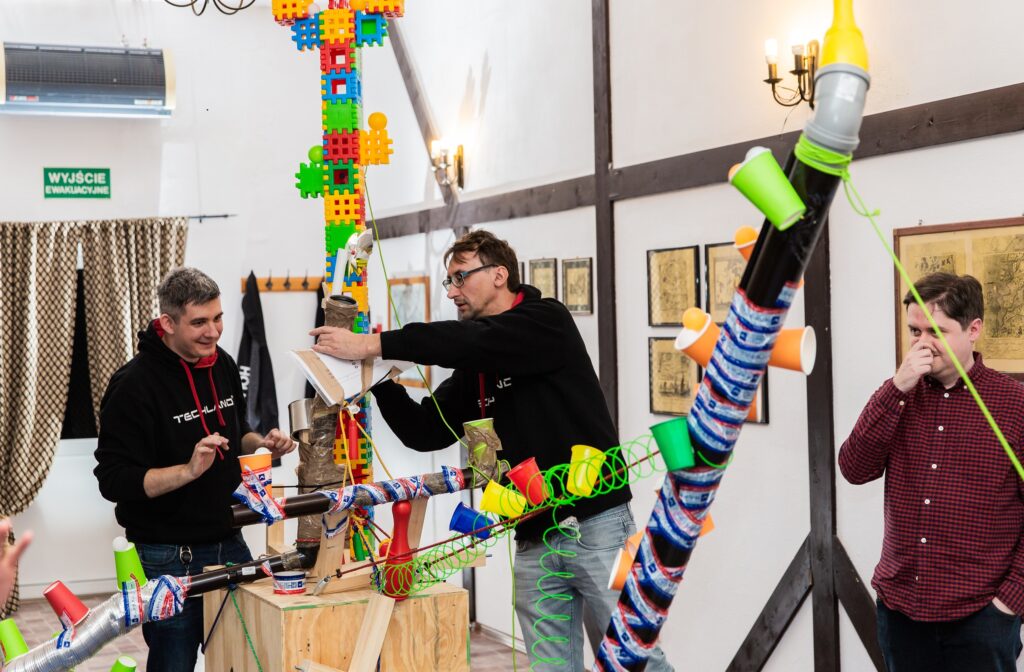
Disputes related to organizational changes. Employees may be dissatisfied with new procedures, organizational structure or technology. When staff are not properly informed or involved in the change process, it can lead to conflicts.
Effective conflict resolution in the workplace requires open communication, understanding other people's perspectives and a willingness to work together to find a solution. It is worth investing in building the ability to manage conflicts, both at the individual and organizational level.
Conflicts at work - why do they arise?
Problems at work arise anytime and anywhere. After all, the company meets people with different temperaments, characters and different opinions. What can be done? The worst solution is to stick your head in the sand. In case of major problems, it is necessary to implement appropriate corrective actions. The atmosphere at work is very important for the effectiveness of team activities. If it is positive, employees feel good in the company, have a lot of motivation, are more willing to engage in new projects and efficiently achieve all business goals. A bad atmosphere may reduce the quality of their work. Moreover, it may negatively affect the well-being of individual employees. A toxic atmosphere, life under stress and constant pressure are the easiest way to burnout.
Problems in the team
Bad atmosphere at work is largely caused by conflicts - both between employees and between superiors and employees. The reasons for conflicts at work are different. Starting from favoring individual employees, through unclear division of duties, to differences in remuneration. However, the most common cause is inappropriateness group communicationwhich is caused by:
- lack of mutual understanding between eccentric, open-minded people and quiet, shy or introverted people,
- different visions of solutions to specific issues, different interpretation of information and inability to compromise,
- lack of clear rules for vertical and horizontal communication,
- inconsistency of vision of people managing lower-level employees,
- treating colleagues/superiors/subordinates in a disrespectful manner,
- different value systems and lack of respect for the differences of co-workers.
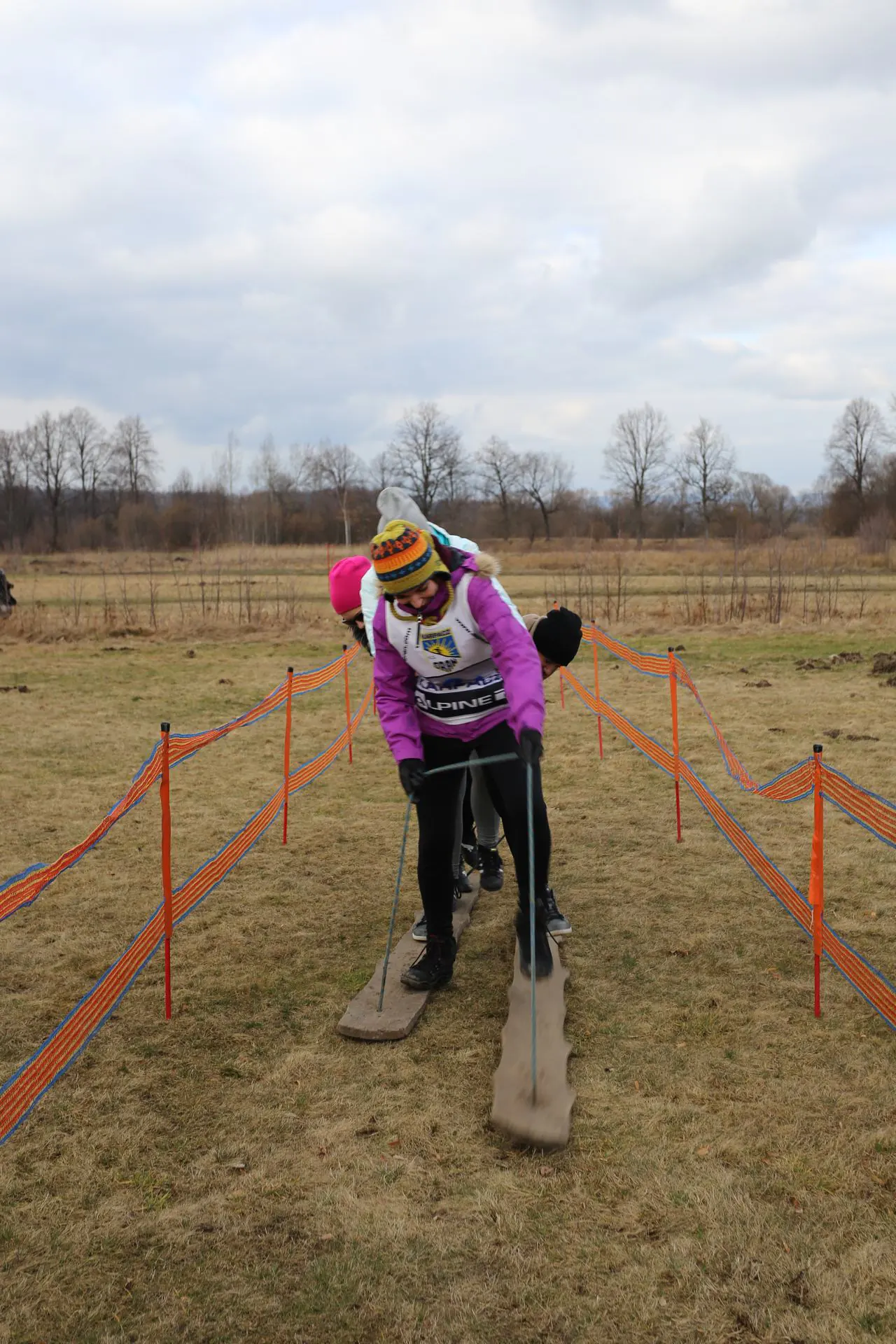
Conflicts at work it's a completely natural thing. They can appear in the best managed, efficiently functioning ones team. The key is to approach them with full responsibility and implement solutions early enough to minimize the risk of greater damage.

How to prevent conflicts in the team?
Preventing conflicts in a team is a key aspect of effectively managing a group of employees. There are different types of conflicts, different phases of conflicts, different ways of resolving conflicts. Therefore, it is difficult to provide universal tips for resolving conflicts. One thing is certain - all unresolved problems in the company have negative consequences. It's not worth sticking your head in the sand, you have to act. It is best to start with prevention - try to minimize potential conflicts in the team. How to do it?
Causes of problems in the group
The most common causes of employee conflicts it's the lack of a good one team communication. Send clear and unambiguous messages about goals, expectations and tasks. Hold regular meetings to keep everyone informed. Clearly define the responsibilities and responsibilities of each team member.
Conflicts between co-workers also result from a bad atmosphere. Be aware of the mood within the team, trying to identify possible conflicts at an early stage. Provide opportunities to express opinions and concerns. It is also important to support engagement. Encourage cooperation and active participation in joint projects. Reward team members' achievements. Teach your team members conflict resolution skills so they are ready to deal with difficulties as they arise. Organize training on interpersonal communication and constructive problem solving.
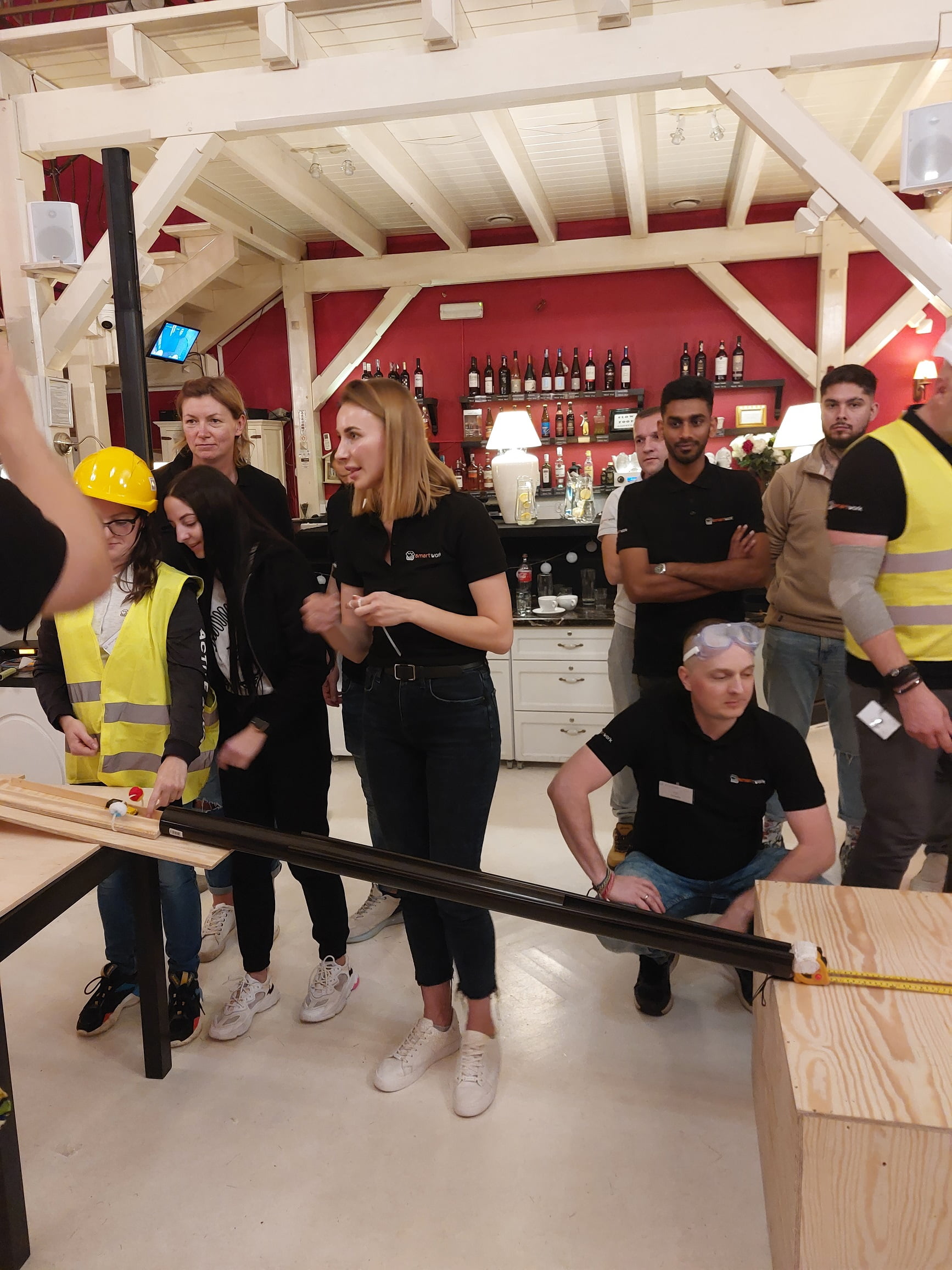
It is also important to promote a healthy working style. Encourage work-life balance. Avoid excessive workload, which can lead to frustration and conflict. Preventing conflicts in the team is a continuous process that requires the attention and commitment of the manager and all team members. Cultivating a healthy organizational culture, open communication and mutual respect can help maintain a positive and productive work environment.
How NOT to resolve conflicts at work?
The conflict itself is not a big problem. A crisis situation can arise in the event of inadequate management of this conflict. How not to solve problems?
1. Pretending the problem doesn't exist
Ignoring conflict is the worst thing you can do. Ignoring the problem and pretending that everything is fine is only an apparent agreement, peace for a moment. A dormant conflict is like a ticking bomb that may explode at any time, causing even greater losses. You need to accept that conflicts at work are inevitable and prepare to manage them, rather than pretending they don't exist.
2. Not admitting a mistake
Each side of the conflict always assumes that it is right. We put ourselves on a pedestal, we firmly stand by our opinions. Sometimes, however, it is worth considering the validity of your own words, compromise, and admit your mistake.
3. Giving up the fight
Sometimes the person whose opinion is questioned does not try to resolve the conflict, does not seek agreement and immediately gives up. Some people ask to be transferred to another department, others are willing to quit their job altogether. But is it worth it? Sometimes an agreement is only a matter of time.
So how do you resolve conflicts at work so that they don't cause more damage? And is it possible to avoid them to some extent?
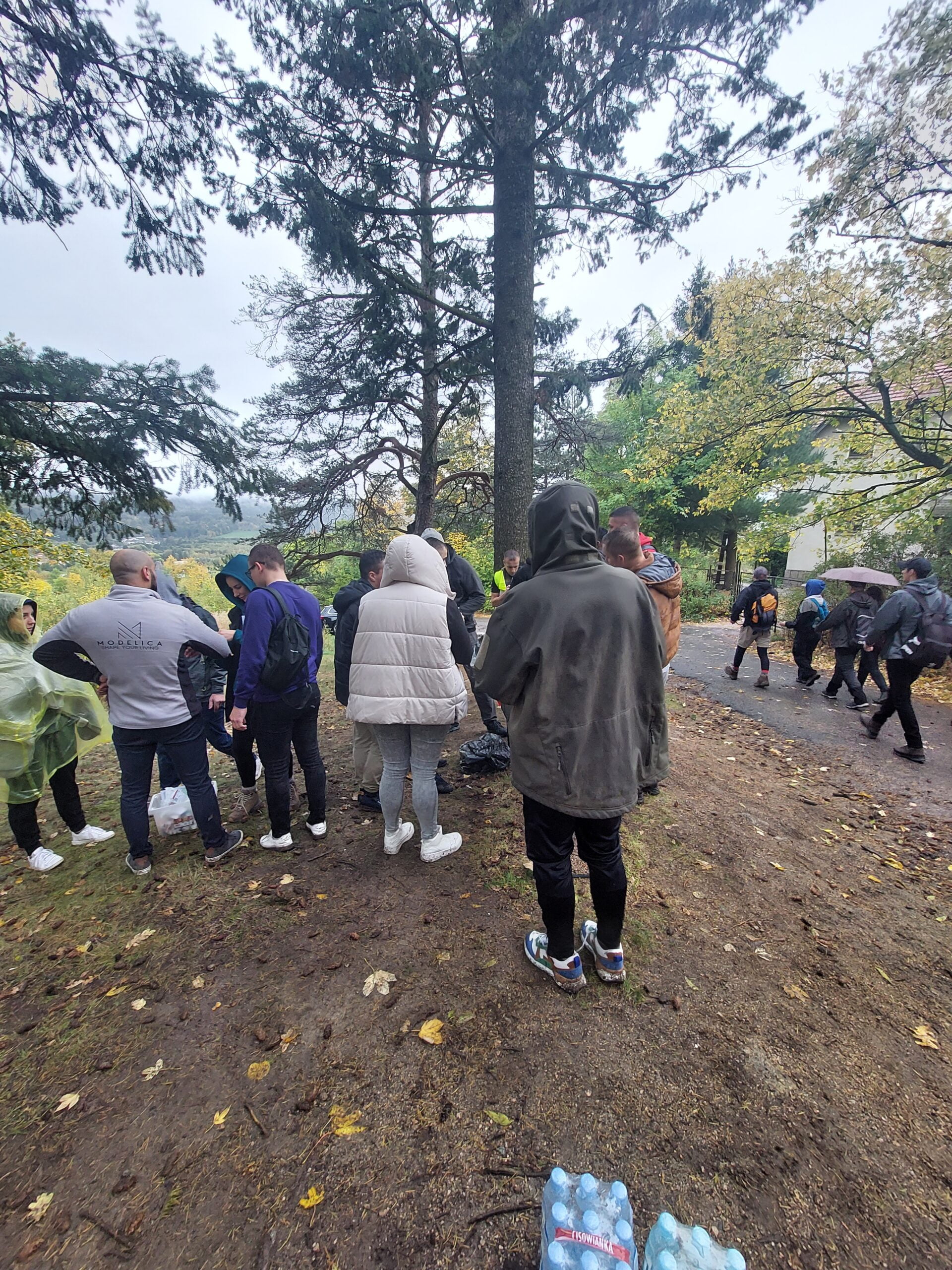
Conflicts at work and ways to solve them
One of the best ways to deal with conflict at work is confrontation, i.e company meeting, during which the best solution to a conflict situation is sought, beneficial to both parties. The parties to the conflict must prepare thoroughly for the conversation - otherwise the confrontation will be ineffective. During the meeting, the parties must discuss the situation and listen to each other. They should not assume that the interlocutor is wrong, criticize or judge. A mediator may participate in the confrontation and ensure that the conversation is substantive.

Parties to the conflict can compromise. Compromise is a partial satisfaction of everyone's interests. Each side gains something, but also loses.
Another way to resolve conflicts at work is to negotiate, i.e. to search for the best solution that will meet the needs of all parties to the conflict. In the method, conflict is seen as a common problem that needs to be resolved in a way that everyone is satisfied.
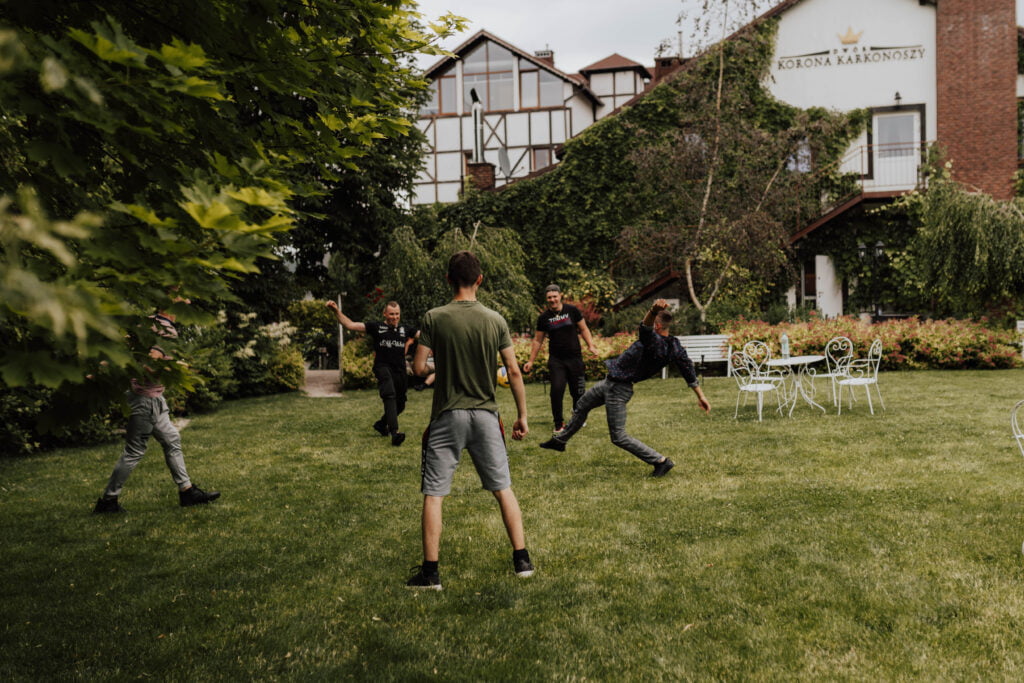
We mentioned that conflicts at work most often result from communication errors. Is it possible to minimize the risk of conflict situations at least to some extent by improving communication in the team? Yes! It may prove very helpful team building.- tasksthat will make a strong team.
How team building can help the team?
Team building is, as the name suggests, building a strong employee team. It is a set of tools aimed at strengthening bonds within the employee group, learning about the strengths and weaknesses of co-workers, and equipping employees with valuable skills needed for effective teamwork. Team building teaches efficient communication, and thus reduces the risk of conflicts caused by lack of understanding of the other party, sending inappropriate messages and other communication errors.
Team building usually takes the form of tasks and team games. What communication games help to improve communication in a group, and thus reduce the chance of communication errors and help resolve existing conflicts at work?
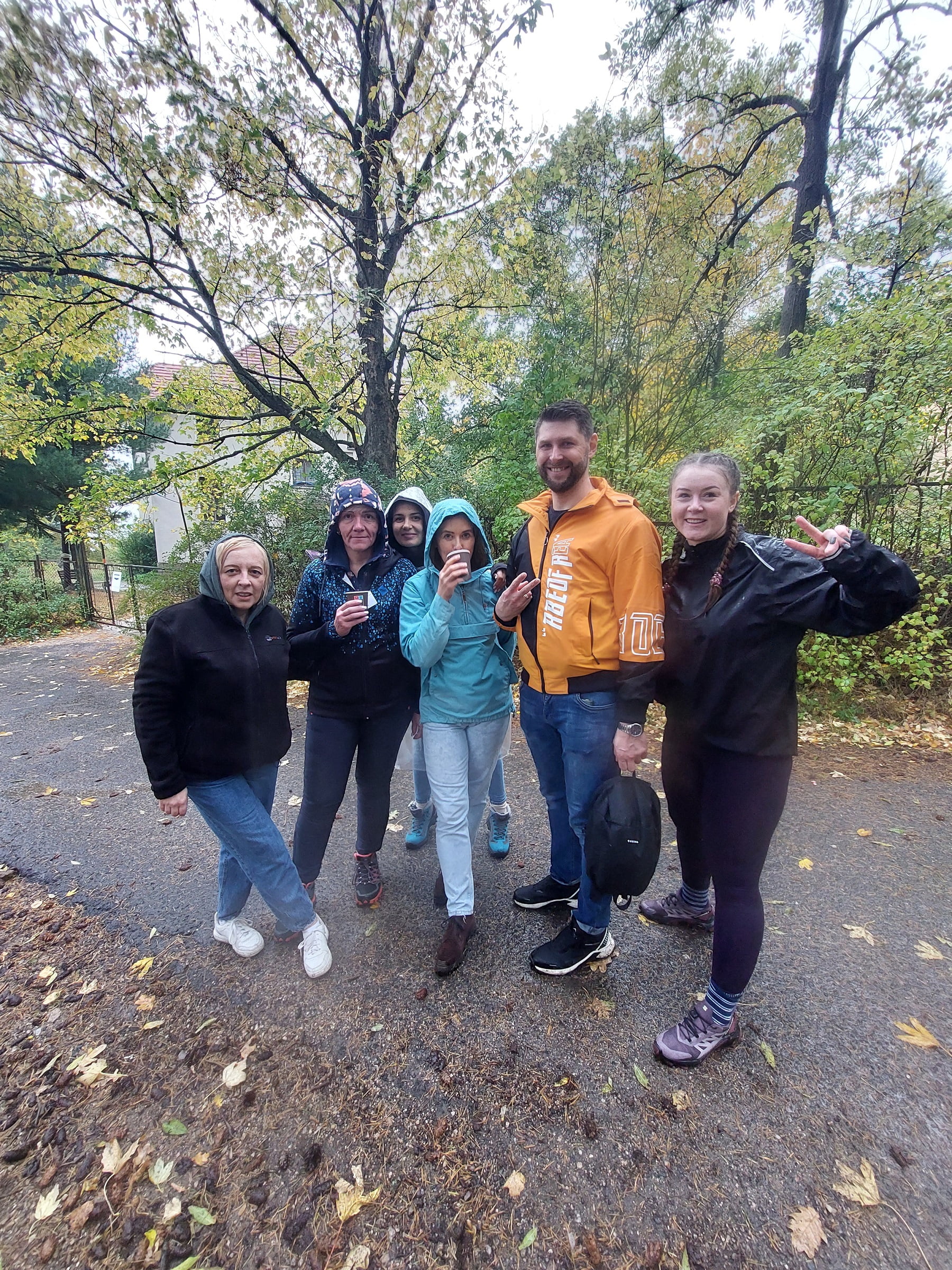
Team building games to improve communication
Conflicts at work can be resolved through a great communication exercise called: building a Goldberg machine. Goldberg machine it looks a bit like advanced dominoes. The device consists of several parts operating on a cause-and-effect basis - one mechanism drives another, etc. Employees within integration workshops team building activities are divided into groups of several people. Each team must build a separate part of the machine using special blocks, gears, levers and other elements. When connected, the parts should create one well-functioning whole. The key to success is efficient exchange of information between members of individual teams and between entire groups, active listening and full cooperation!
Team building and conflicts in the team
A great way to improve communication between individual employees is the Blind Trust exercise. The players are paired up. The fun is to overcome a complicated obstacle course. Where is the catch? One person from each team is blindfolded and the other is their guide. Effective communication is essential to win! The person in charge must be able to give instructions efficiently, the person who overcomes the track must listen carefully to his guide.
Another idea are corporate Olympic Games. Corporate games are team competitions in various competitions - such as bag running or relay. Play perfectly integrates, strengthens relationships, and thus reduces the risk of conflicts at work.
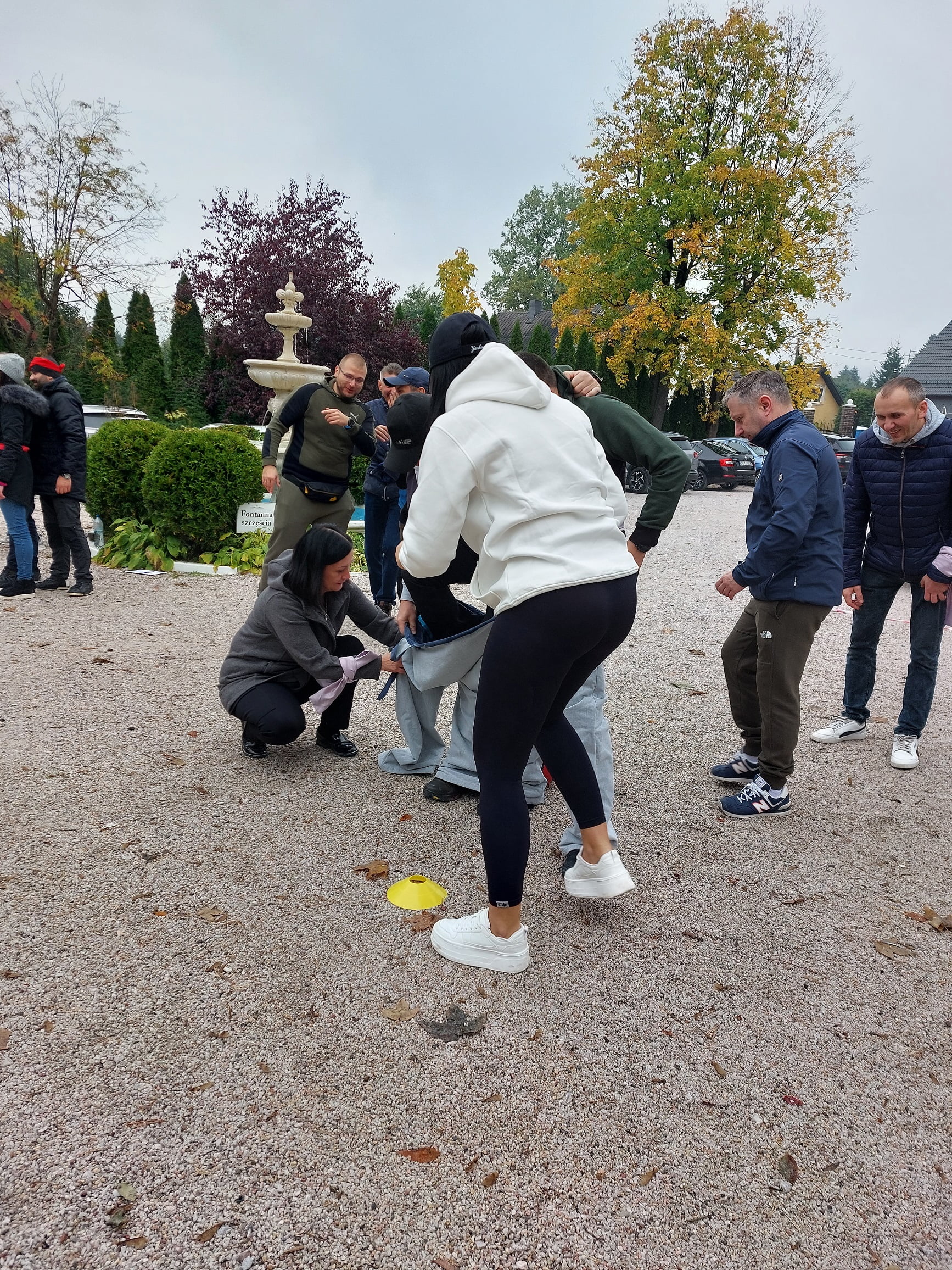
We have presented the most common conflicts at work and the ways to solve them that will bring the best results. Remember to take every conflict situation seriously. Problems must not be underestimated! Every conflict swept under the carpet increases the risk of serious crisis situations that can disrupt the functioning of the entire enterprise.

Frequently Asked Questions
Team building and conflicts in the team?
What are effective ways to resolve conflicts? One of them is definitely group integration. A well-selected team, even if a conflict occurs, will solve the problem quickly and efficiently. And how to create a well-coordinated team? Bet on team building! Team building is a process that aims to integrate team members, strengthen cooperation and improve group effectiveness. By introducing team building activities, you can both prevent conflicts and solve existing difficulties in the team. Here are some ways in which team building can influence team conflict management: strengthening interpersonal relationships; developing communication skills; identifying the strengths of each team member; building trust; facilitating open communication; creating a positive atmosphere; strengthening team culture; developing problem-solving skills. It is important that team building is regular and tailored to the needs of a specific team. These activities should be an integral part of the team management strategy. It is best to organize team building games and activities outside the company's headquarters, in an interesting tourist location. In the mountains, in Sosnówka near Karpacz, there is an attractive facility for corporate events - Dwór Korona Karkonoszy. Outdoor Event Center, conference rooms, ballroom, themed events, delicious catering, boutique rooms - this is what Dwór Korona Karkonoszy has to offer to participants of corporate events.
How to deal with conflicts at work?
How to solve conflicts at work? To address conflict effectively, you first need to see why conflicts break out. You need to know the reason. Dealing with conflicts at work requires a balanced approach, empathy and communication skills. So try to understand the context of the conflict by identifying the causes and the parties involved. Gather information from everyone involved, trying to obtain different perspectives. To effectively resolve conflicts in your company, avoid accusations and provocative use of language. Mediation is the best solution. Take time to listen to other people's perspectives without interrupting. Confirm understanding by asking questions such as: Do I understand correctly that...? Try to find a compromise solution that takes into account the needs of all parties involved. Avoid accusations and instead focus on a constructive solution. Together with the people involved, develop an action plan to resolve the conflict. Identify specific steps each party can take to improve the situation. Set clear boundaries and expectations to avoid similar conflicts in the future. Make sure everyone involved knows what to expect. Support the development of team conflict management skills to avoid similar situations in the future. Organize regular training on interpersonal communication and conflict resolution.
